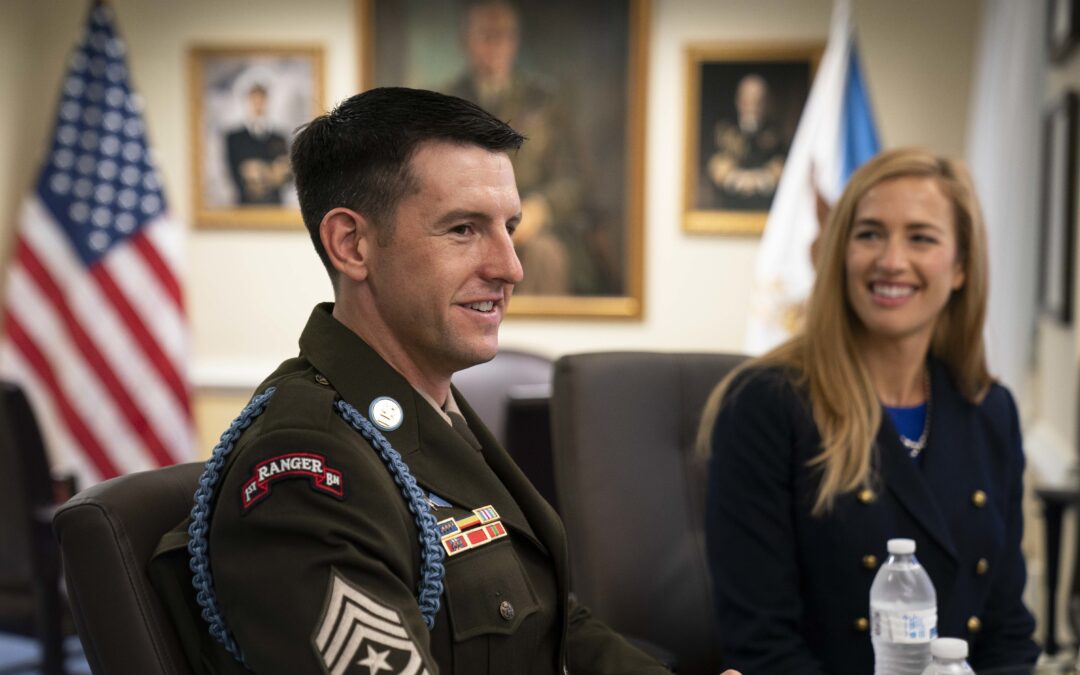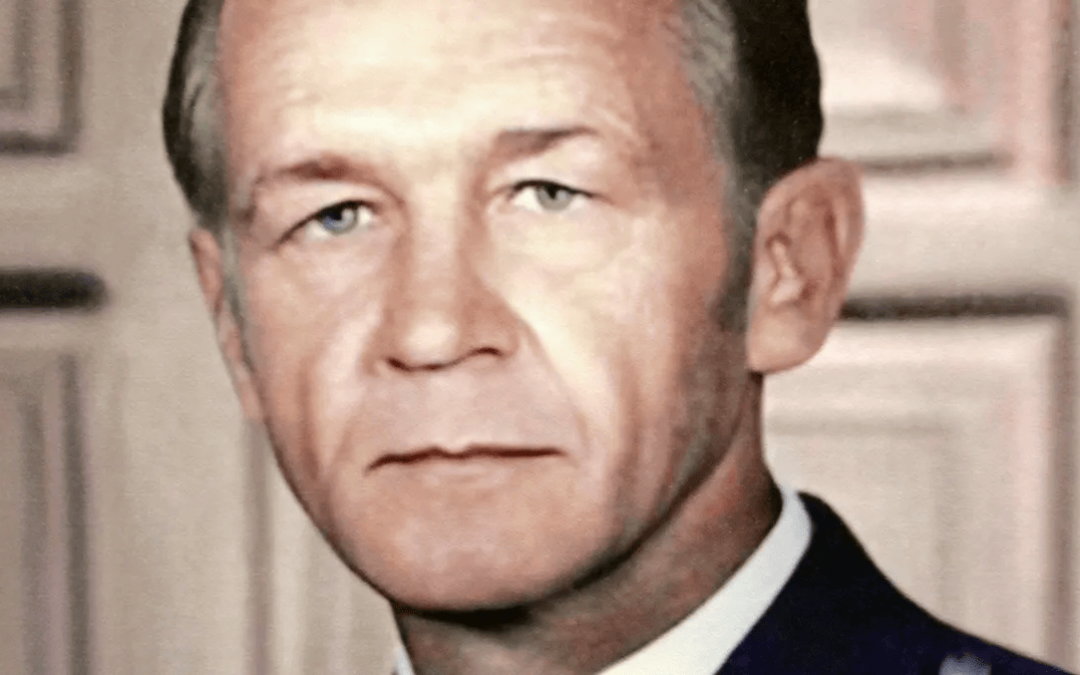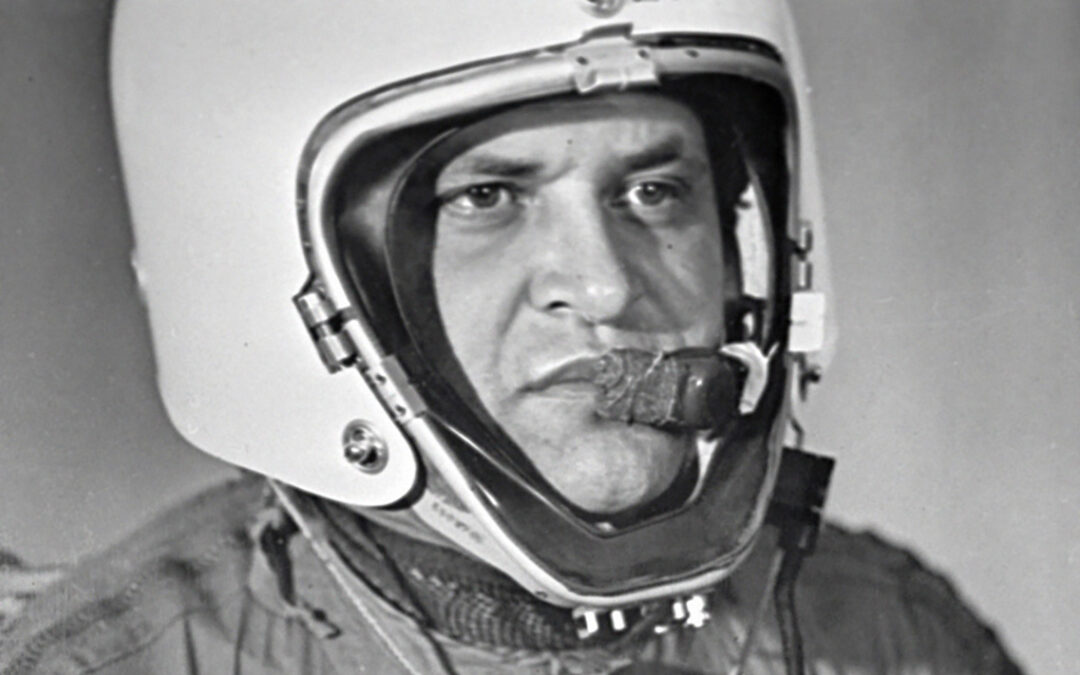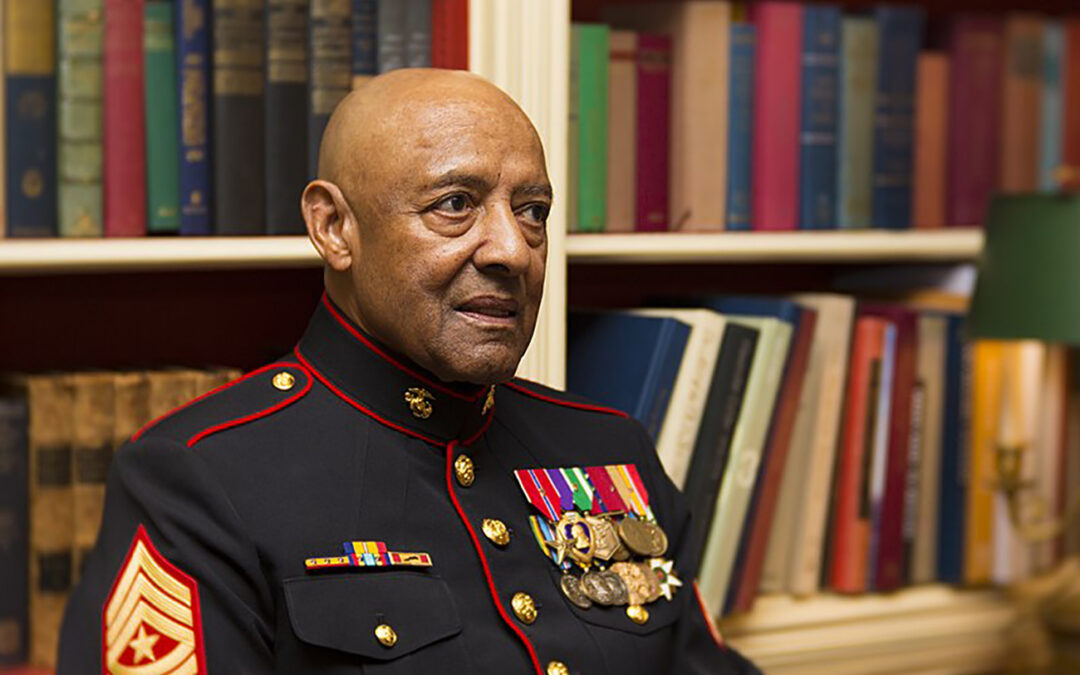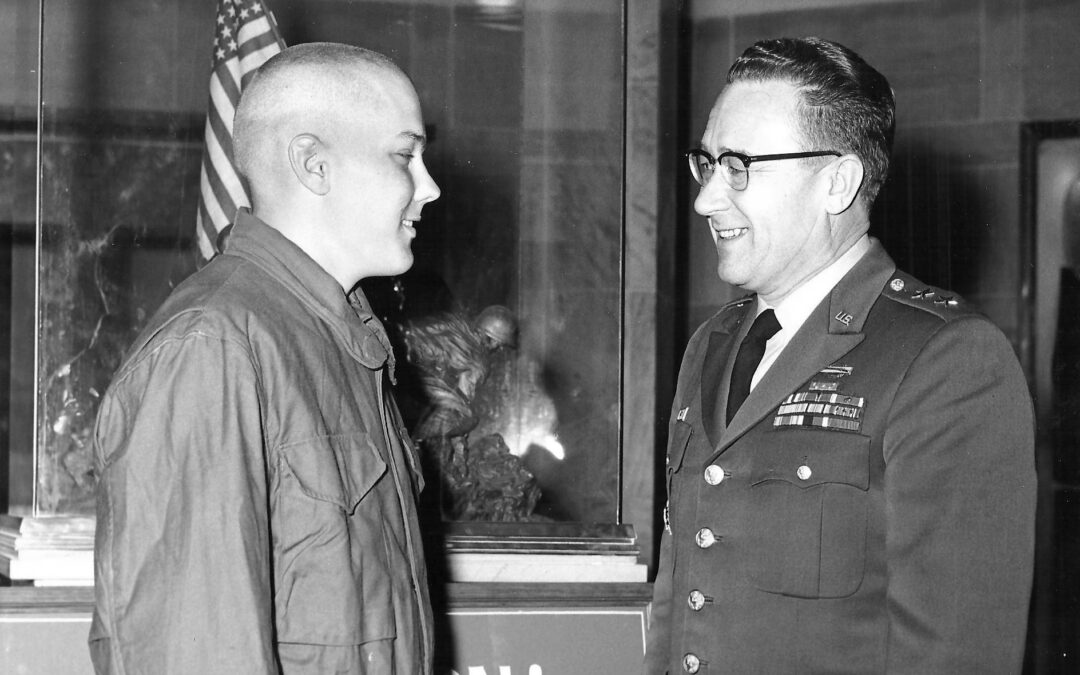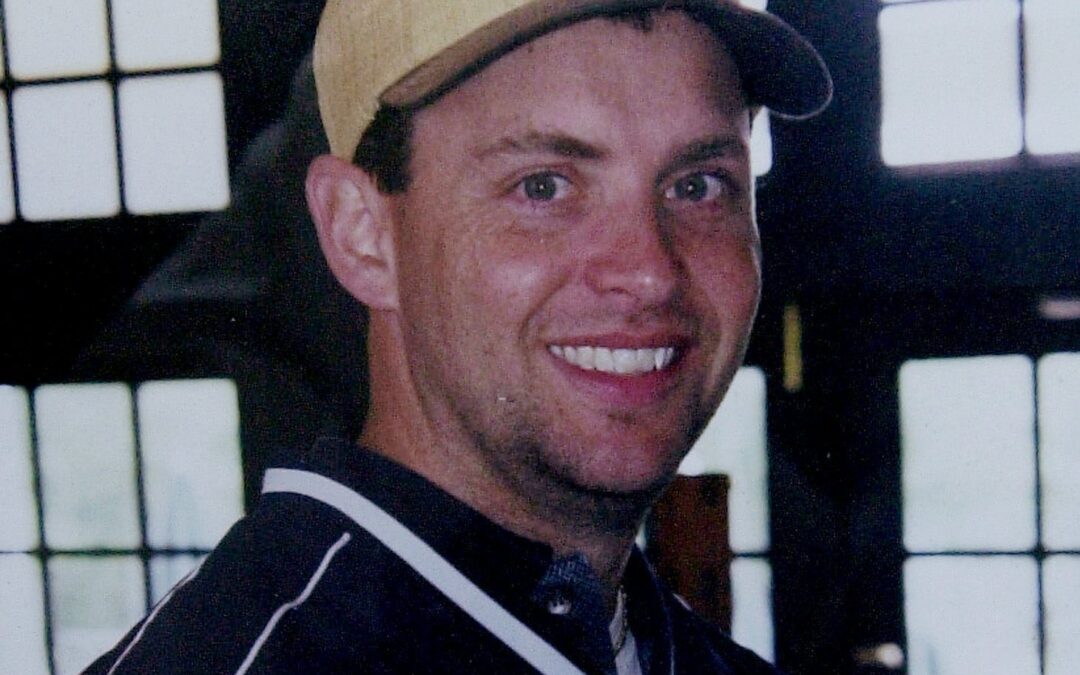Senator Daniel Inouye served in the United States Senate from 1963 until his death in 2012. At the time of his death, he was America's second-longest sitting Senator, which is not at all surprising considering he could easily be considered one of World War II's hardest men to kill. Daniel Inouye's Early Life This Japanese-American, who faced discrimination and segregation, had every reason to sit this war out if he so chose with a bitter heart. But considering he was raised by a father who told him the following upon enlisting by his account: “My father just looked straight ahead, and I looked straight ahead, and then he cleared his throat and said, ‘America has been good to us. It has given me two jobs. It has given you and your sisters and brothers education. We all love this country. Whatever you do, do not dishonor your country. Remember – never dishonor your family. And if you must give your life, do so with honor.” Daniel Inouye was born in 1924 in Honolulu Hawaii, which as a...



